I will never, never forget a community trip with students to Taco Bell back in the day. My two paraeducators and I took about 10 severely disabled students out to eat. It took some time to get everyone through the line and I will never forget helping my favorite student, Cameron. I helped him get his food and walked him to a table. There were two more students I had to get through the line, so I left him to wait until I could come back and help him open his packages, cut up his food, and help feed him (because of limited mobility due to his severe Cerebral Palsy). I went back to the line and returned to him about 4 minutes later… and he was eating.
Learned Helplessness in Students with Disabilities
I asked my para team if they had helped him. Both said no. I looked at Cameron.
“Who opened that for you?” He looked at me and laughed.
“I did,” he said.
My mouth dropped open. He has opened his taco and was eating- he had even opened up a packet of hot sauce and poured it on… and here we were opening everything and even feeding him!
So, what is Learned Helplessness? Well… in a severe and profoundly disabled classroom, it is how we condition our students to respond to us. They learn the behavior of ‘learned helplessness’ from the interactions with the adults around them.
That’s us.
We do this to our students.
And we don’t mean to.
Basically, we make students feel as though they aren’t responsible for the world around them and strip them of the will to even put forth effort. It can also be the result of giving too much support to a student and they learn they don’t have to do anything- someone will do it for them if they just wait long enough. It can also be the result of putting forth effort and always feeling like a failure… eventually the will to try is stripped away.
What Does Learned Helplessness Look Like in the Classroom?
At Taco Bell, it looks like me with a big ‘Sucker’ on my forehead. We were doing everything for a student who could do it themselves. For years.
In the classroom, that might look a little different. You may notice a student who is always looking for a teacher to solve their problems. They may be very task averse and not attempt anything without assistance. They may also be very weary of any task where they do not already know they will be successful- generalization can also be an issue.
I know, I know… we teach special ed students with severe disabilities- All of our students are dependent and need a lot of support!
BUT- we have to be a person who provides needed support, not a person who creates over dependence or dis-empowers a student. When we do that, we actually disable our students more. They come to depend on us in a way that is beyond what they really need and stop learning to be independent in a skill.
How to Break Learned Helplessness
There are several things you can do in the classroom to start to break the dependence. Remember, this list is not one size fits all. Consider the true needs of your student and choose things that will help them most. And, above all, make the least dangerous assumption.
* No Man is an Island- so why do we sit a student away from their peers and isolate them, often times with a para? Kids learn so much from their peers. When we remove them from that authentic learning environment it can be profoundly detrimental. This is not to say a student should be sitting in general education classes with general ed peers. This is to say in any academic setting (self-contained, Autism Units, inclusion), we should allow for group activities where students can interact with their same aged peers and not adult teachers and aides. So… step away from the student. Your proximity to them is an inhibitor.
* Choice and Voice- every kid should have some choices in their day. Do your students have a real chance to choose things? The normal adult makes over 30,000 choices a day and over 250 of those are about food. How many choices do you really give your students in an instructional day?
Okay. Now double that.
Give them more choice so they can lose that feeling of helplessness. Have a challenging student and not sure where to start with Choice and Voice? Read this blog post, and also give little choices to start: Pencil or pen? What color pen? Reading or worksheet first? What book should we read? Instead of letting the cafeteria workers make the entire lunch plate for a student, require they make some choice (even yes or no) about their meal. It matters.
* Spread the Love- as in help more than one student at a time. When you start to find yourself or an aide permanently attached at the hip to a student, something is wrong. Granted, some students need that level of support because of the complexity of their disability, but, even with that in mind, you are meant to be the bridge for that student not the barricade. When you figure out a way to get yourself working with more students, the student will be automatically more engaged with their peers. Oftentimes they will also be learning standards-based materials that are more in line with their non-disabled or less-disabled peers.
* Aim for the Sky- because having high expectations matters for students. If I had expected that my student eat independently and perceive that as the end goal, I may have treated them differently when it was time to eat. Which leads right into…
* Constantly Reassess your Level of Support- in other words don’t always do what you’ve always done. We know that will only get you the same results that you’ve always gotten. The reason that we had provided that level of support for Cameron was because his paperwork stated his old campus did it that way. We just did what had always been done. Turns out Cameron had been playing us from the start. He’s been playing the adults around him for years, literally years. What I learned that day (and what I continue to do to this day) Is constantly try pulling back my level of support just to see what happens. What happens if I’m not there to do what I’ve always done? Will the student flounder? Or will they flourish? The only way to know is to try.
And be sure to check out this infographic with levels of support. I suggest printing it for your classroom. Everyone who works with students with significant disabilities needs to understand that help does not always mean doing it for someone. This visual helps.
* Incorporate More Wait Time- and you can read more about wait time here. For a lot of our students, they have learned to out wait us. They know that if they wait long enough the adults will do it for them. You have to break that expectation. You have to retrain your students to understand that you can, and you will, out wait them.
* Model, Model, Model- as the adults in the room you have to model what you’re supposed to do when you don’t know what to do. Or how you, as an adult, handle situations that are difficult. Sometimes that means voicing out loud your thought process and/or frustrations. A student with significant disabilities can’t deduce what’s going on in an adult brain- they need to hear it and see it modeled for them so they know how they should attack situations where they’re either unsure of what to do or simply don’t know what’s appropriate.
It’s okay for a student to see an adult have to ask for help, see an adult have to navigate failure, and to see an adult have to think through their options out loud before they decide what to do. Students with significant disabilities don’t often get a chance to hear and see what that looks like. We have to model that self-talk so a student can develop decision making skills. You become less helpless when you have some ideas of what you should do.
Undo Learned Helplessness in Students with Disabilities
Being helpless is a behavior we’ve trained our students to do. We’ve taught them that if they wait long enough, and don’t bother to try, someone will do it for them and they will eventually get what they want.
Taco Bell.
Implementing the strategies listed above will help un-teach learned helplessness. It will require you to be diligent, consistent, and predictably unhelpful. A student has to relearn that you aren’t always going to do it for them, and you aren’t always going to give them what they want. A student has to learn that it might just be better to do it themselves.
HEY! Get social with us! Follow us on Pinterest, Instagram, Facebook, Twitter, YouTube or iTunes!
This post may contain affiliate links. When you make a purchase though the link, we get a small commission that supports this website.


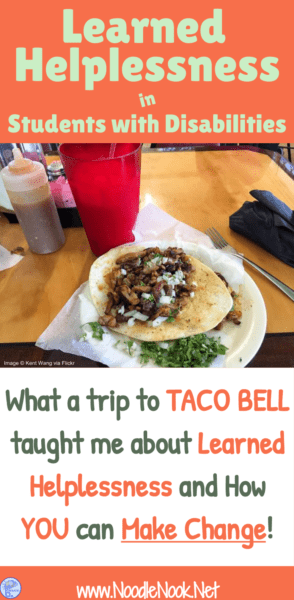

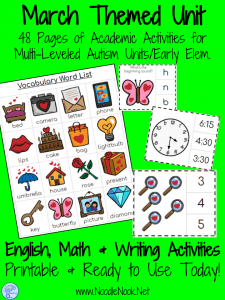
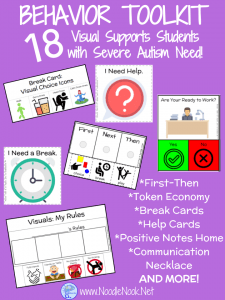
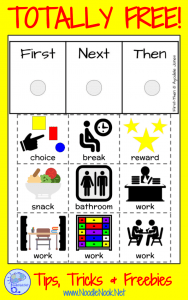
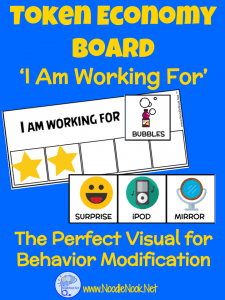
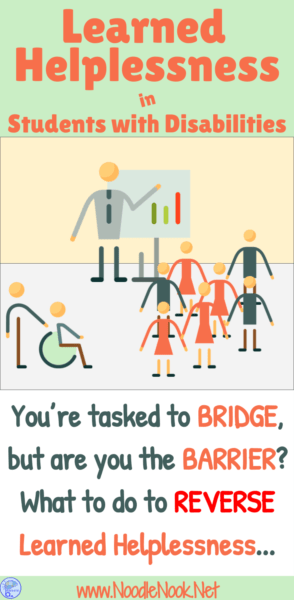
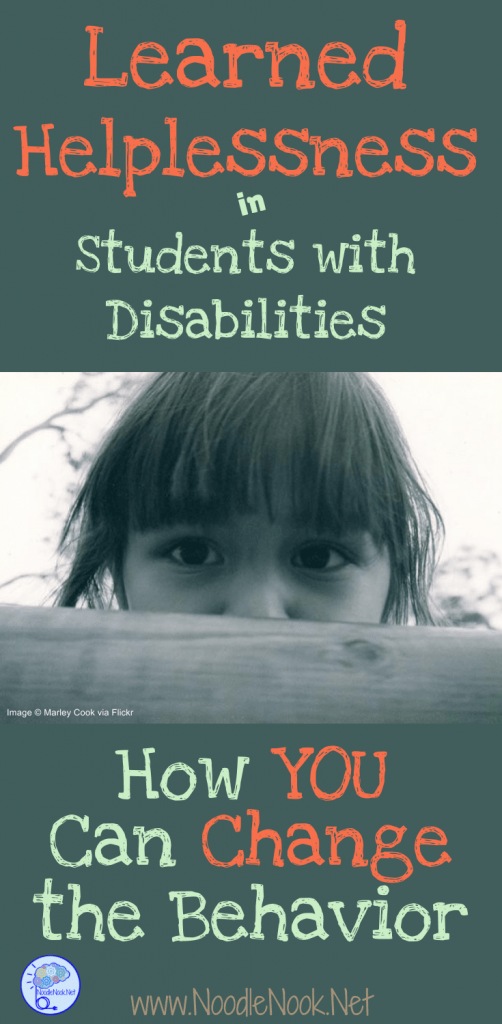
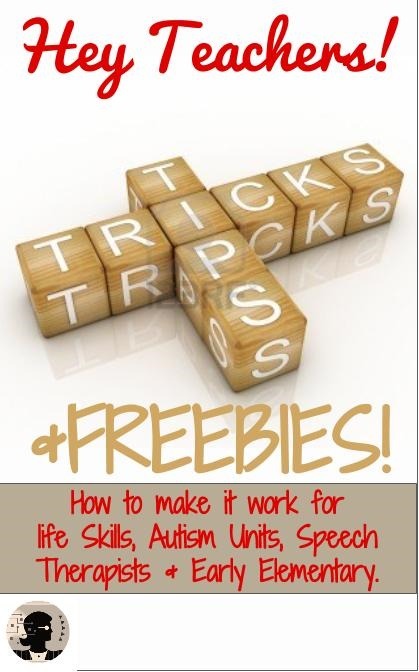
Pingback: Ed. 3610 Module 4 – The Challenge for Service Providers – Blog of Paula Drew for course ed3610081082–cl.201801
This is so true!!! I try to get my students to do things as independently as possible!! A lot of parents of special needs (and non special needs) try to do everything for the kids! I remember about 20+ years ago, my regular kindergarten class had a Halloween party, the parents that helped set everything up was shocked when I told them to let the students get what they want! They were ready to make all the plates with everything on each plate! This was my 1st reg Ed class, the previous years were special Ed. I had always let my students pick there on food. I did help when needed more as to show them how to do it themselves! Now as a teacher of high school special needs, self contained, I am teaching cooking, washing dishes, putting away dishes, washing clothes, etc! I have a few that have learned helplessness! But they know I am not doing it for them and they all will have a turn with cooking and washing!
I think that its important for the children to see adult/teachers needing help, making mistakes and knowing that its ok.
Comments are closed.